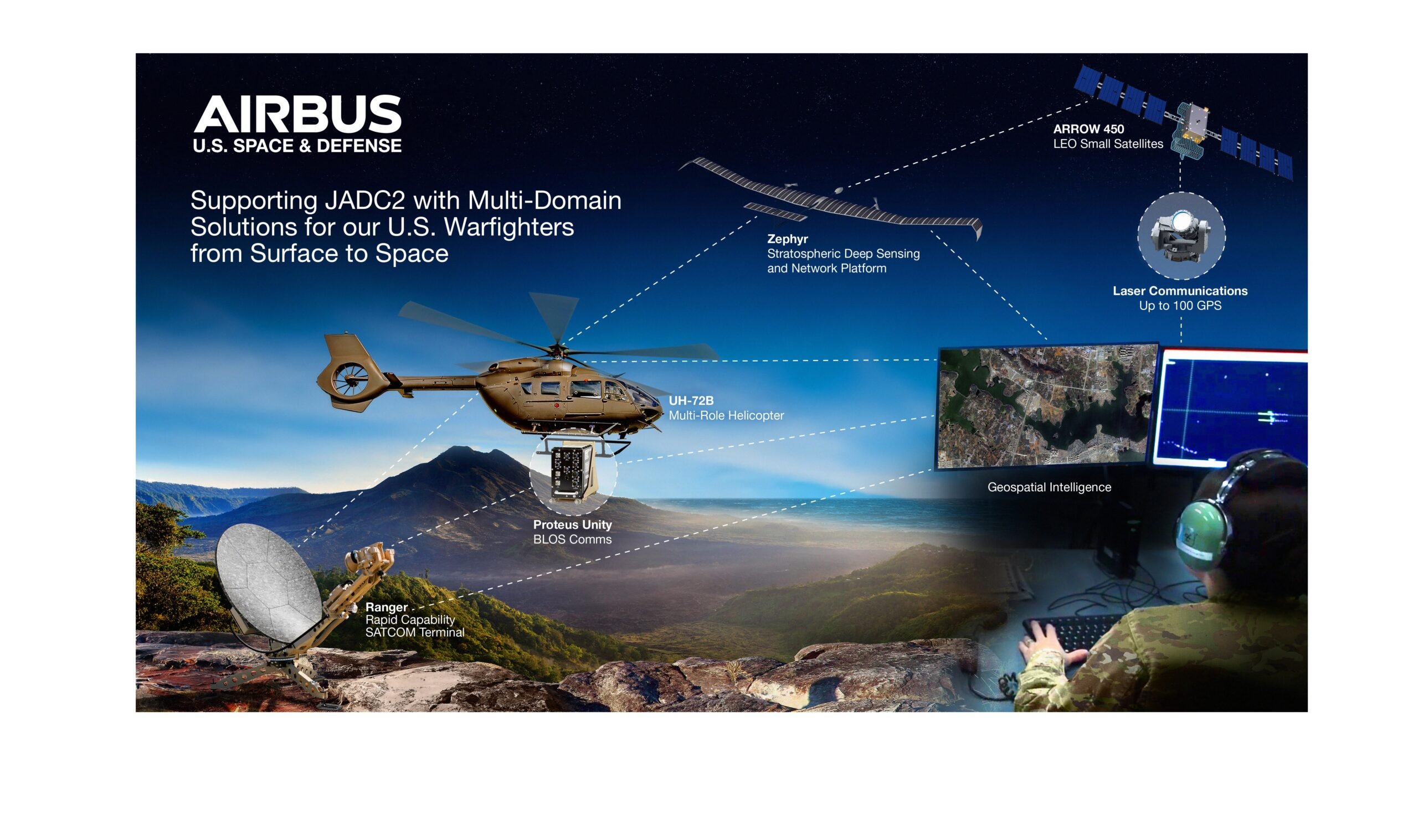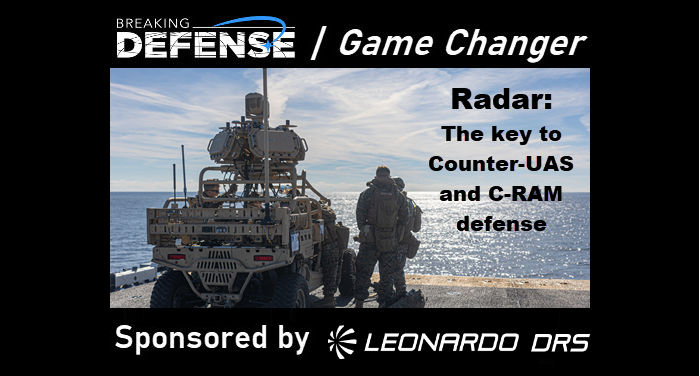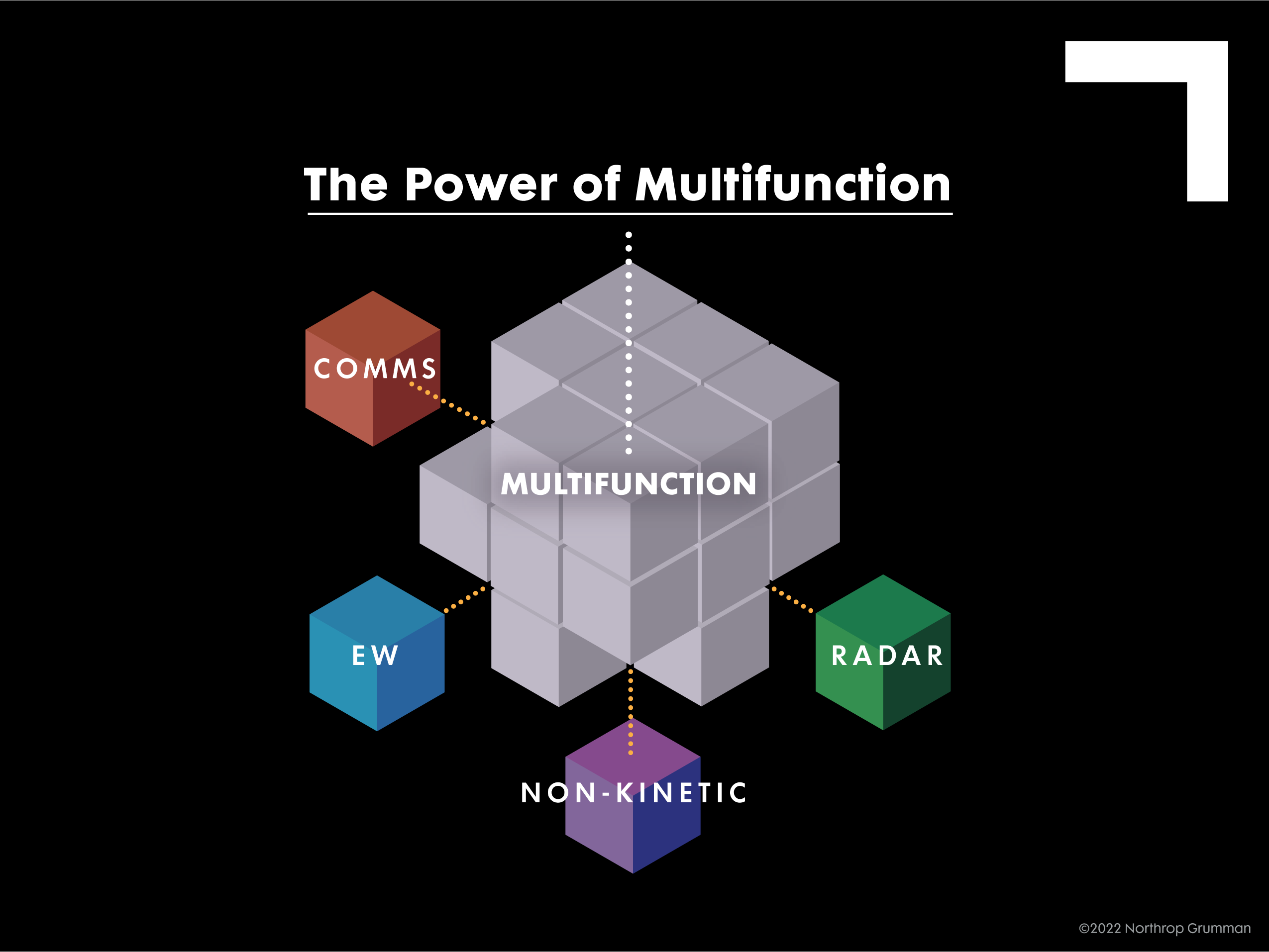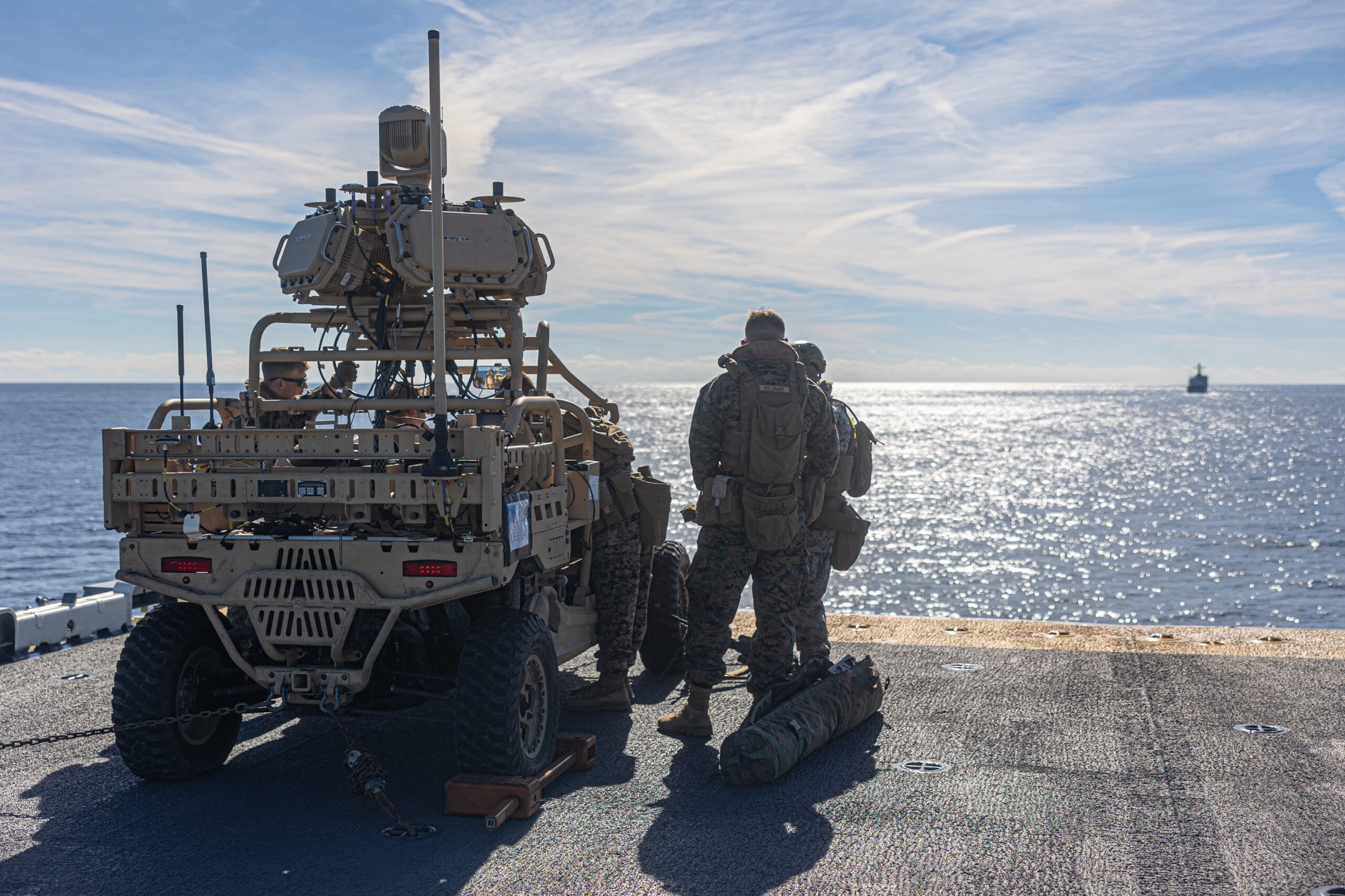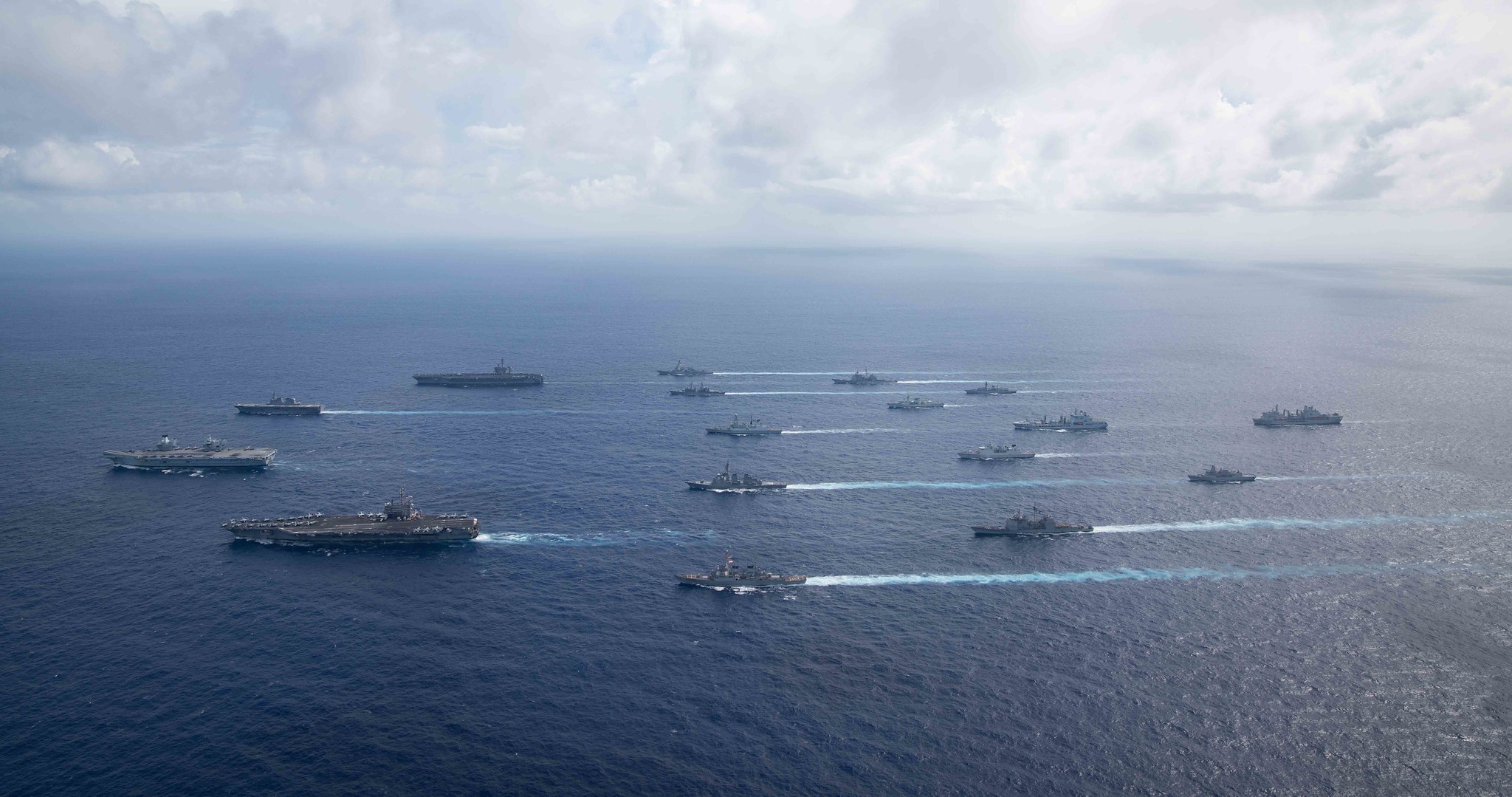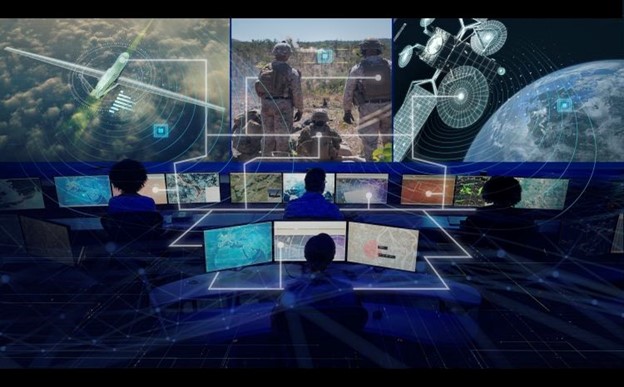

The backbone for Joint All Domain Command and Control (JADC2) will be a mesh network of small satellites in SDA’s Proliferated Warfighter Space Architecture.
By Breaking Defense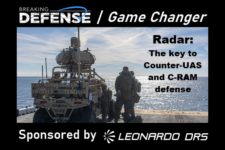
Advanced radar is what makes the Army’s Mobile Short-Range Air Defense (M-SHORAD) and USMC’s Marine Air Defense Integrated System (MADIS) effective battlefield tools.
By Breaking Defense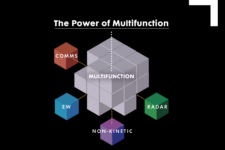
Northrop Grumman has taken a page from commercial industry playbooks, producing sensor software, firmware and hardware in parallel, essentially folding the development timeline and accelerating sensor deliveries.
By Breaking Defense
Solving the JADC2 sense/make-sense/act strategy requires communications, navigation, identification capabilities that distribute the decision making to act fast.
By Breaking Defense
At a microscopic level, advanced semiconductors are packed with modular chiplets to meet dynamic needs of air defense, robotics, and satellites.
By Breaking Defense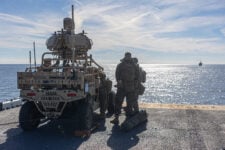
Leonardo DRS’ radars are the system-of-choice for the Army’s Mobile Short-Range Air Defense (M-SHORAD) and USMC’s Marine Air Defense Integrated System (MADIS).
By Breaking Defense
Lumen is not just replacing aged transport pipes for the DoD, it is transitioning and transforming network capabilities for better speed, latency, availability, affordability, and security.
By Breaking Defense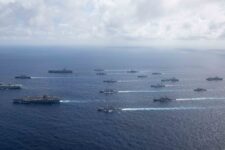
“Where we touch them, we are working hard to transform them,” says Lumen of its network modernization programs for the Defense Department.
By Breaking Defense
Just demonstrated on a live range at Pax River, an airborne SIGINT platform injected cyber effects, neutralizing an integrated air defense system and clearing the airspace for US assets to execute a strike.
By Breaking Defense
Countdown to 2027: Where to Start Implementing the Zero Trust Strategy for the Department of Defense
Defense Department organizations have four years to deploy seven pillars, including 45 core capabilities of zero trust.
By Breaking Defense
















